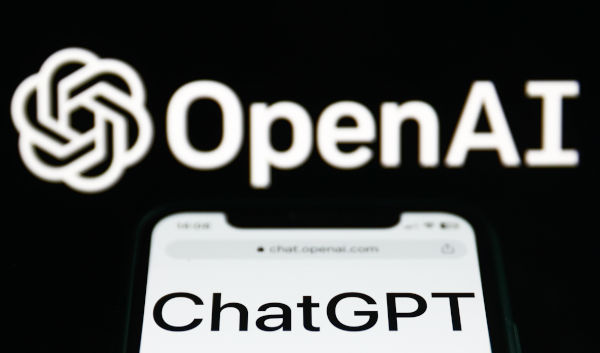Over the past few months, there have been a lot of talks surrounding the new chatbot, ChatGPT. In many cases, the reports on OpenAI’s ChatGPT are usually positive. This tool has passed a majority of the tests that it has been subjected to.

There are almost no flaws with this AI tool. However, when technology is all positive, then it is a cause for concern. In a recent opinion piece by Anna Collard, of SVP Content Strategy and Evangelist at KnowBe4Africa, ChatGPT may pose some threat behind all the positivity.
ChatGPT is a chatbot that writes text and dialogue using deep learning methods. In many cases, it is very hard to tell the difference between a text from a real person and that from ChatGPT.
It is now possible to create a full infection chain using a publicly accessible AI chatbot, potentially starting with a spear phishing email written in convincingly human-like language
Such a convincing scam email was recently made by Checkpoint researchers as a test. They only used ChatGPT, a chatbot that creates text and interactions that can persuade just about anyone that they were written by an actual person using deep learning techniques. However, this amazing tech created by OpenAI and currently accessible online for free contains a number of potential cybersecurity risks.

Potential Cybersecurity Risks Of ChatGPT
- Social engineering: With the help of ChatGPT’s potent language model, attackers can more easily coerce victims into divulging private info or installing malware by creating realistic and persuasive phishing messages.
- Scamming: Hackers can generate text through ChatGPT’s language models to produce fake ads and other types of scam material. This will make everything super easy for the attackers.
- Scamming: Attackers can mimic their target in text-based contexts, such as an email or text message, by using ChatGPT to make a plausible digital copy of their writing style.
- Automation of attacks: Attackers can more effectively initiate large-scale assaults by using ChatGPT to automate the creation of malicious messages and phishing emails.
- Spamming: The language model can be adjusted to create a lot of low-quality content quickly. This content can be used in a variety of ways, such as spam email campaigns or remarks on social media.
ChatGPT Threats Are Real
The issues listed above as just the top five of the possible threats that ChatGPT poses. All of the issues above are real dangers to businesses and all internet users. These issues will only spread as OpenAI continues to develop its strategy.

If you think that the list above is convincing, then ChatGPT is doing a great job. This is because all the points above were actually written with ChatGPT with a couple of tweaks of course.
The tool is so potent that it can clearly define and articulate its own internal hacking risks.
However, there are security measures that people and businesses can take to mitigate the risk of the AI chatbot. This can only be done by personnel with knowledge of modern security. The pace of cybercrime is exceptional.
Cybercriminals used to specialize in identity theft a few years ago, but now they take over the network of your company, break into your bank accounts, and pilfer tens of thousands or even hundreds of thousands of dollars.
Even though ChatGPT, a smart platform, may have been built with the best of intentions, it only increases the duty placed on internet users to always be alert, trust their intuition, and be aware of the risks associated with following any link or opening a file.
In a ChatGPT query with the question “What are the hacking risks of ChatGPT”, parts of the chatbot’s response read
“To mitigate these risks, the developers of ChatGPT should take steps to ensure the security of the data used to train and operate the model. They should also implement measures to detect and prevent malicious inputs or attacks. It is also good to regularly monitor and update the model’s security features”.
































